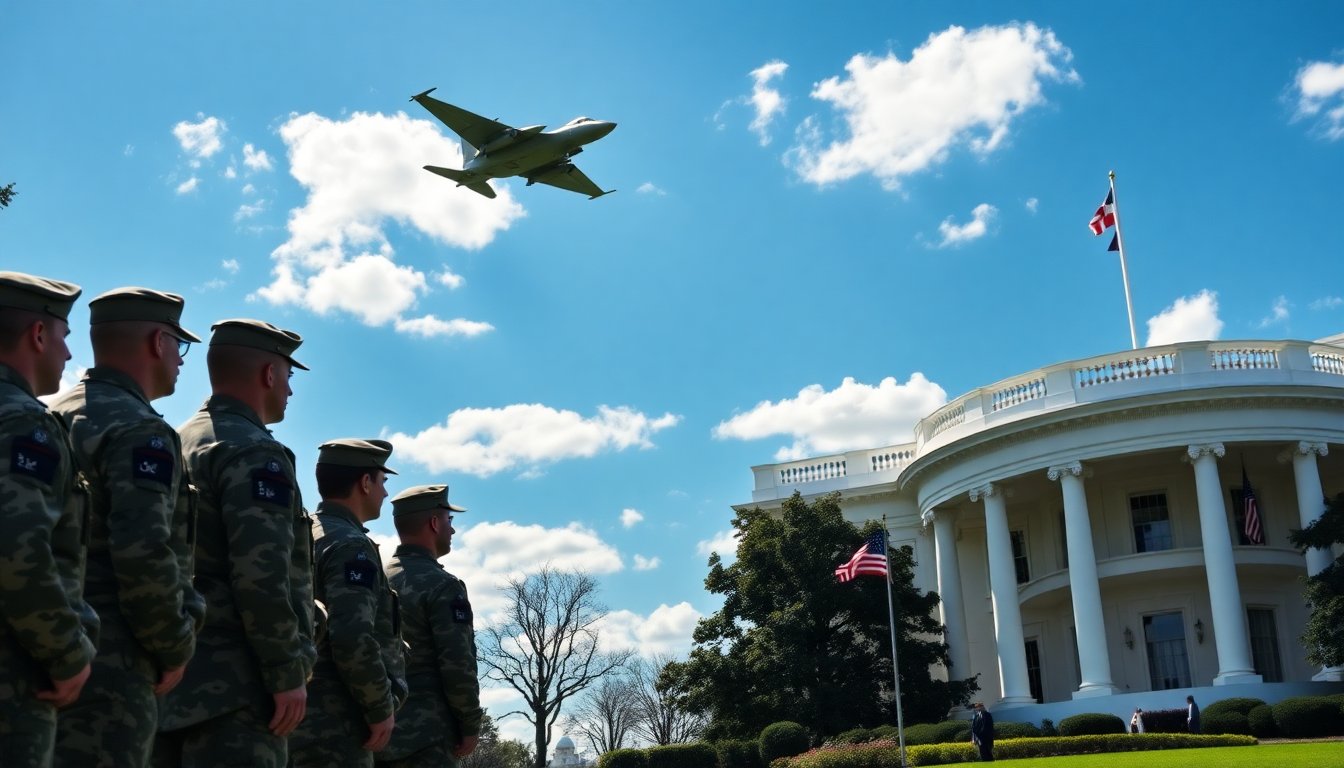Table of Contents
The recent diplomatic engagement between the United States and Poland highlights the shifting dynamics in Eastern Europe, particularly due to the ongoing conflict in Ukraine. This meeting, marked by a military flyover at the White House, represents not only a strengthening of bilateral ties but also a significant step in the broader geopolitical landscape. The discussions between US President Donald Trump and Polish President Karol Nawrocki occur against a backdrop of rising tensions and the need for strategic alliances in the region.
Context of the Talks
During the meeting, the focus was heavily placed on efforts to address what President Trump referred to as the “stupid war” in Ukraine. The implications of this conflict resonate deeply, affecting not only the immediate region but also the global political climate. Trump’s comments reflect a desire for resolution, asserting that ending the war would have been a more straightforward task under his administration. With Nawrocki present, Trump expressed optimism about achieving peace, emphasizing a commitment to finding a solution.
President Nawrocki’s visit marks his first official engagement with a foreign leader since taking office, demonstrating the importance of US support for Poland. His nationalist background and alignment with Trump’s policies indicate a mutual interest in bolstering their nations’ defenses against external threats. The discussions included the potential for increased US military presence in Poland, a move that underscores the strategic importance of the country in NATO’s eastern flank.
Military Cooperation and Regional Security
The dialogue around military cooperation highlights growing concerns about security in Eastern Europe, particularly in light of Russia’s actions in Ukraine. Trump’s offer to enhance the US military footprint in Poland is a significant gesture, reinforcing America’s commitment to its allies. This military collaboration serves as a deterrent against potential aggressions and strengthens Poland’s defense capabilities.
As the geopolitical landscape evolves, Poland is positioned as a crucial ally for the US in Europe. The nation’s historical ties with the US, combined with its strategic location, make it a focal point for military operations and intelligence sharing. The increasing collaboration signals a united front against instability in the region and reflects a broader strategy to counter Russian influence.
The Broader Implications for Eastern Europe
The talks between Trump and Nawrocki are indicative of a larger trend in Eastern European politics, where nations are seeking to solidify alliances in response to external threats. The emphasis on military readiness and cooperative defense strategies suggests a shift towards a more proactive stance among Eastern European countries. This is not just about Poland; the ramifications extend to neighboring countries, each evaluating their own security needs and alliances.
In conclusion, the recent discussions between the US and Poland highlight the intricate interplay of diplomacy, military strategy, and regional security. As the situation in Ukraine continues to evolve, the commitment to partnership and collaboration will be paramount in ensuring stability in Eastern Europe. The future of these relationships will significantly influence not only national security but also the broader geopolitical balance in the region.


